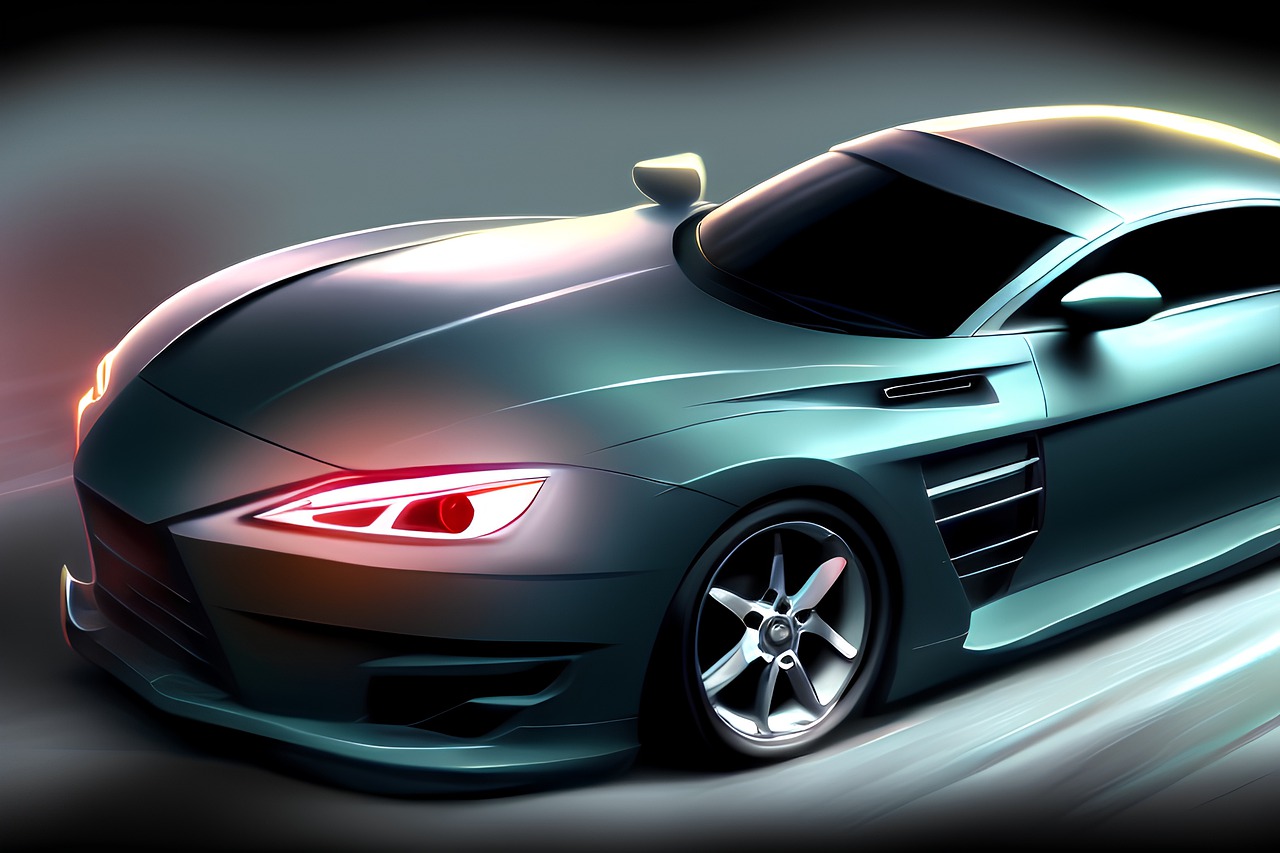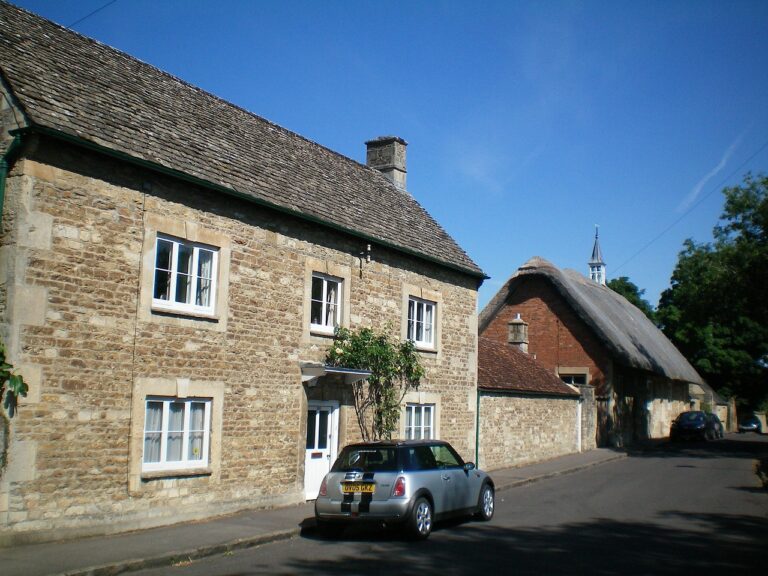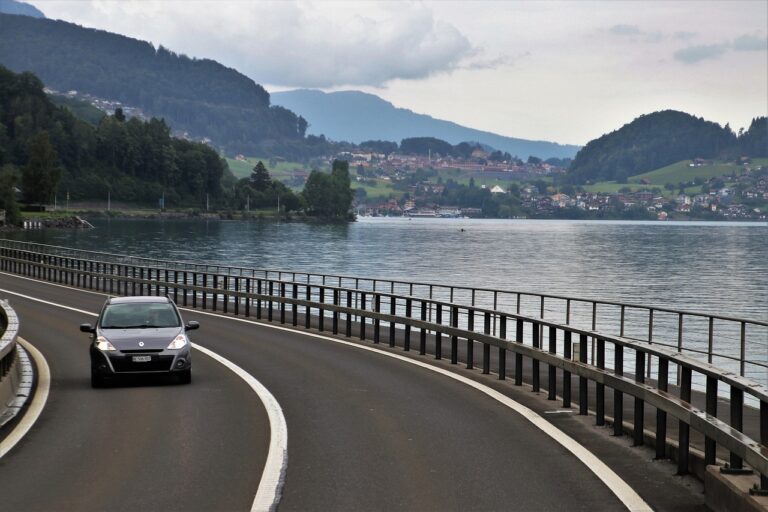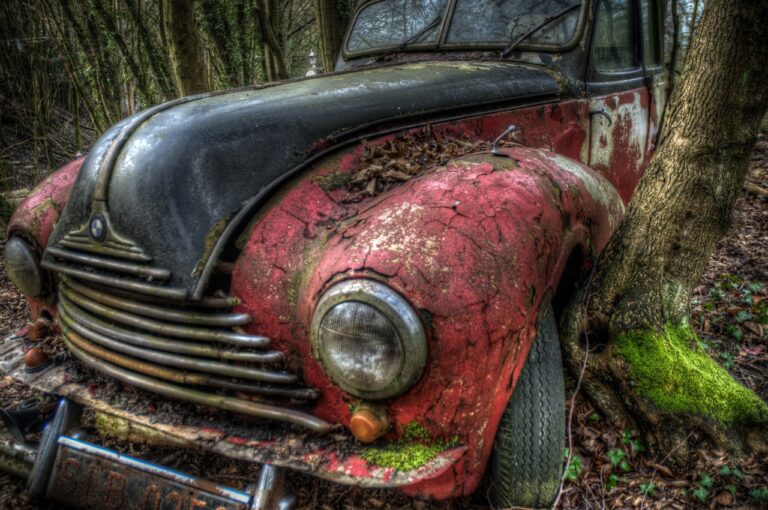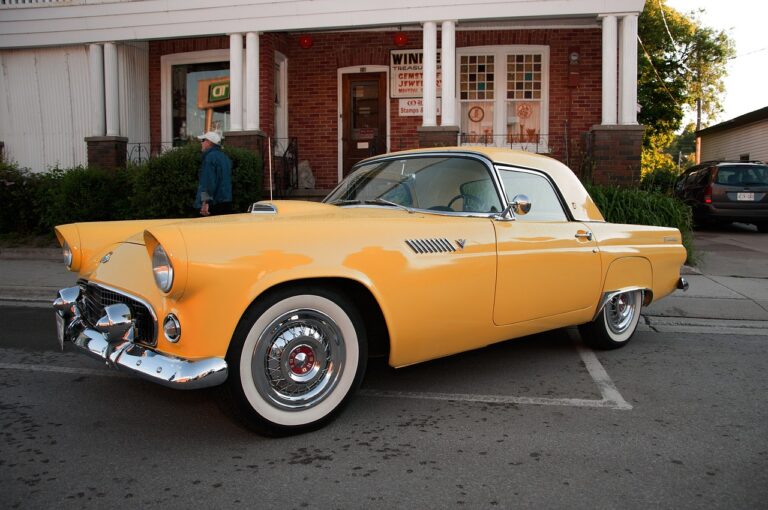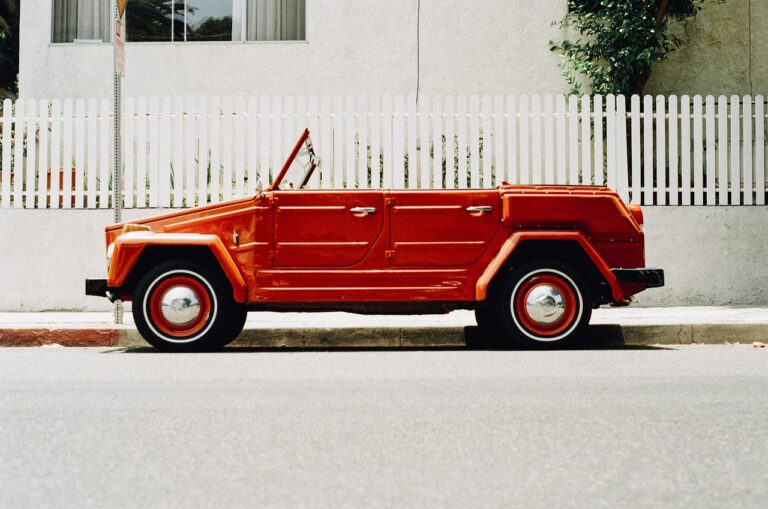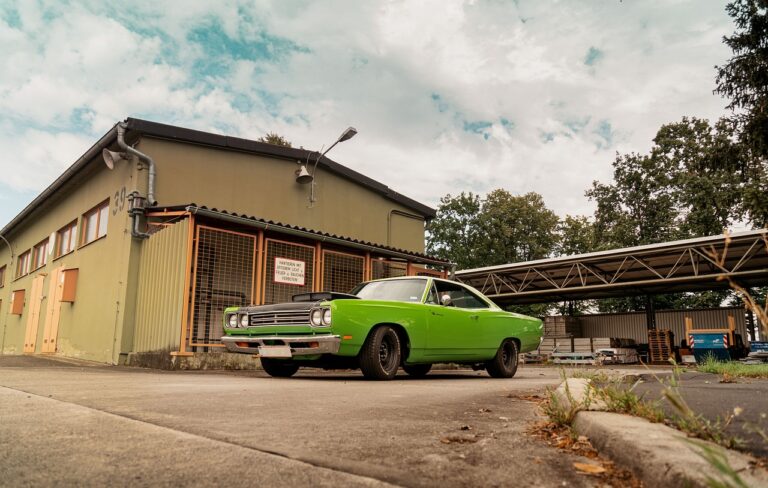From Concept to Reality: The Challenges of Production Design
play99exch, lotus exchange login, playexch.in: Producing a creative project, whether it’s a film, television show, or a theatrical production, requires a team of talented individuals to bring the idea from concept to reality. One of the key components of this process is production design. Production design is the process of creating the overall look and feel of a production, including sets, costumes, props, and visual effects. It’s a crucial element that can make or break the success of a project, as it sets the tone and establishes the world in which the story unfolds.
From the initial concept to the final product, production design presents a series of challenges that require creativity, problem-solving skills, and attention to detail. In this article, we’ll explore some of the challenges that production designers face and how they overcome them to bring their visions to life.
1. Developing a Vision
The first challenge in production design is developing a cohesive and compelling vision for the project. This involves understanding the script, the director’s vision, and the overall tone and style of the production. Production designers must work closely with the director and other key creatives to develop a visual language that will effectively communicate the themes and emotions of the story.
2. Budget Constraints
One of the biggest challenges in production design is working within budget constraints. Production designers are tasked with creating visually stunning sets and costumes while staying within the financial limitations of the project. This requires resourcefulness, creativity, and the ability to prioritize where to allocate resources for maximum impact.
3. Time Constraints
Another challenge production designers face is working within tight deadlines. Productions often have strict schedules that leave little room for error or delays. Production designers must be able to work quickly and efficiently without sacrificing the quality of their work.
4. Collaboration
Production design is a collaborative process that involves working closely with a team of professionals, including art directors, set decorators, costume designers, and visual effects artists. Effective communication and teamwork are essential to ensuring that everyone is on the same page and working towards a unified vision.
5. Problem-Solving
Unexpected challenges are bound to arise during the production process, and production designers must be adept at thinking on their feet and coming up with creative solutions. Whether it’s a last-minute change to the script, a technical malfunction on set, or a shortage of materials, production designers must be able to adapt and problem-solve quickly and effectively.
6. Attention to Detail
Production design is all about the details. From the texture of a costume to the placement of a prop, every element must be carefully considered and executed to create a seamless and immersive world for the audience. Production designers must have a keen eye for detail and be able to spot inconsistencies or errors that could detract from the overall aesthetic of the production.
7. Technical Expertise
In addition to their creative skills, production designers must also have a solid understanding of technical aspects such as construction, lighting, and special effects. They must be able to work with a variety of tools and technologies to bring their designs to life on the screen or stage.
8. Managing a Team
Production designers are often responsible for overseeing a team of artisans, craftsmen, and technicians who help bring their designs to life. Managing a team requires leadership skills, organization, and the ability to delegate tasks effectively while maintaining a cohesive vision for the project.
9. Adapting to Feedback
Throughout the production process, production designers will receive feedback from the director, producers, and other key stakeholders. They must be open to constructive criticism and be willing to make adjustments to their designs to better serve the story and the overall vision of the project.
10. Emotional Impact
One of the most rewarding aspects of production design is the emotional impact it can have on audiences. A well-designed set or costume can evoke powerful emotions, enhance the storytelling, and transport viewers to another world. Production designers must always keep this in mind as they work to create memorable and impactful visuals.
In conclusion, production design is a challenging yet rewarding process that requires a unique blend of creativity, technical skill, and problem-solving abilities. By overcoming the challenges presented in each stage of the production process, production designers can bring their visions to life and create immersive worlds that captivate and inspire audiences.
—
**FAQs**
Q: How long does it typically take to complete the production design for a project?
A: The timeline for production design can vary depending on the scope and scale of the project. Smaller projects may require a few weeks of pre-production, while larger projects can take several months to complete.
Q: What is the role of a production designer?
A: The production designer is responsible for creating the overall look and feel of a production, including sets, costumes, props, and visual effects. They work closely with the director and other key creatives to develop a cohesive visual language for the project.
Q: How can I become a production designer?
A: To become a production designer, you typically need a background in art, design, or film production. Many production designers start out as art directors, set decorators, or assistant designers before working their way up to the role of production designer. Networking, gaining experience, and developing a strong portfolio are also important steps in pursuing a career in production design.

